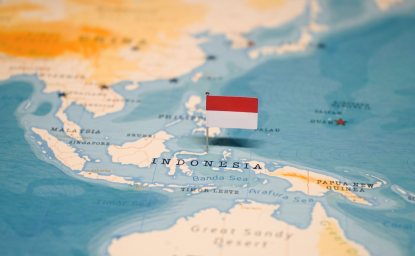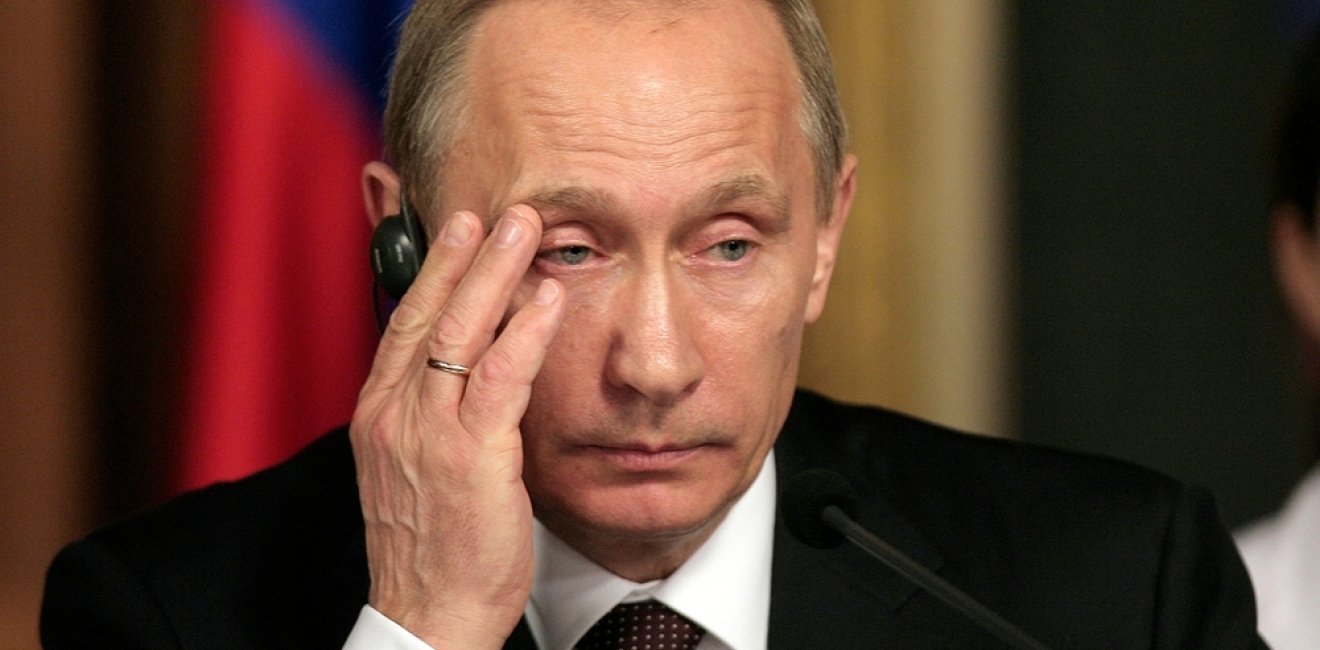Beware predictions about Vladimir Putin’s imminent demise. The informal rule in foreign policy circles is that an autocrat can sustain power if he has the support of 30% of the population. He then has the requisite manpower to run the state bureaucracy, police society, either pay taxes or corruption tolls, and defend the national borders. So, sure, President Vladimir Putin emerges as more vulnerable after the brazen blitzkrieg by Yevgeny Prigozhin’s Wagner mercenaries to within a 120 miles of the Russian capital. What a turn of fate. Sixteen months ago, Putin assumed his lightning invasion of Ukraine would lead the government to fall in a few days, as Secretary of State Antony Blinken noted on CNN Sunday. It was an epic military miscalculation. With his troops on the doorstep of Kyiv, Putin assumed he could erase the country from the map and absorb it back into the Russian Federation. Instead, Blinken said, “Now they have to be focused on defending Moscow, Russia’s capital, against mercenaries of Putin’s own making. This raises lots of profound questions.” Yet there’s a danger in jumping to conclusions about what happens next.
There are four big factors to consider when weighing Putin’s fate and how his government proceeds. First, in March, a year after his invasion, Putin’s popularity—in a country historically famed for its blind nationalism—was still above 80%, according to a poll by Levada, the oldest independent Russian research organization. Other surveys concur, despite the staggering casualty count from his vicious ravage of Ukraine. Just since December, Russia has lost 20,000 fighters, with another 80,000 injured, according to John Kirby, a retired admiral who is now the National Security Council spokesman. (In contrast, President Biden’s popularity rating last week was less than half, at 41%. And three days before leaving office, only 34% of Americans approved of President Trump, according to a Gallup poll.) Putin may have illusions—and some facts—about his standing at home.
Second, Putin is also not a gracious loser. He almost certainly won’t take the high road, as former President Mikhail Gorbachev did in understanding the political, economic, security, and global challenges facing the Soviet Union in 1991. In the past, Putin has displayed the ruthlessness of Attila the Hun, who looted European lands and impaled traitors in the fifth century. He has employed the murderous tactics of Ivan the Terrible, who was a paranoid and bloodthirsty war-monger in the sixteenth century. And he has the imperial geographic ambitions of Peter the Great, the autocratic first tsar of all Russia who, riveted by Western Europe, expanded national borders to the Black Sea, Baltic Sea and Caspian Sea in the eighteenth century.
Putin is aware that the biggest toll from Progozhin’s challenge will be on the world stage.
Third and tactically, the ends still justify the means for Putin, just like in the old Soviet days when he was a KGB officer. He has either condoned or ordered heinous attacks on those who were deemed to defy him. Alexei Navalny, the former presidential candidate was poisoned in 2020 by Novichok, a military-grade nerve agent developed during Soviet days. Navalny is now languishing in a remote prison on multiple charges. In 2018, a similar poison was used in an assassination attempt on Sergei Skripal, a former Russian intelligence officer who was a double agent for Britain. When Moscow discovered his duplicity in 2004, he was tried for treason and sentenced to 13 years. In 2010, he was traded in a spy swap and ended up in Britain, where he was attacked. He was a “small fish” in Russian intelligence, according to a reconstruction by the New York Times. But Putin reportedly still sought revenge on Skripal eight years after the swap. The charismatic opposition leader Boris Nemtsov, a former deputy prime minister and reformer, was murdered in 2015 as he walked across the Bolshoy Moskvoretsky Bridge near the Kremlin. Just hours earlier, he had appealed to the public to rally against Russia’s war in Ukraine’s Crimea. He was shot in the head, heart, liver, and stomach.
Putin will surely be tempted to take a page from the coup attempts against his allies—the Turkish President, Recep Tayyip Erdogan, in 2016, and President Bashar Assad of Syria in 2011. Erdogan’s government ruthlessly detained more than 160,000 people, including politicians, businessmen, journalists, police, teachers, and civil society activists. In a sign of Erdogan’s paranoia, some 7,000 military officers—including dozens of generals—were arrested. Fifty-eight generals were sentenced to life in prison. After the Arab Spring uprising in Syria, Assad deployed his military—backed by Russian air power—to murderously restore control of the country. More than a half million have reportedly been killed over the past dozen years. Putin, too, will want to restore and consolidate power now by whatever means available.
Fourth, the timing could not be worse for the Russian leader. Putin is aware that the biggest toll from Progozhin’s challenge will be on the world stage. Every government on six continents will be reviewing what happened and, potentially, recalculating the scope or details of relations with Moscow. For their own political longevity, leaders like to ally themselves with winners. Even Iran, which has become Russia’s most important military supplier for the war, initially backed away from endorsing Putin. On Saturday, it called the Russian crisis an “internal affair.”
A former young thug who grew up in the slums of Leningrad (now St. Petersburg), Putin has the small-man complex of Napoleon Bonaparte.
The Russia crisis—which may play out for weeks to come—coincides with the annual NATO summit of 30 Western powers in Vilnius, Lithuania on July 11th and 12th. Putin will almost certainly view the very venue for the world’s largest military alliance—in a former Soviet republic—as an in-your-face affront. The greater strategic reality is that NATO’s border with Russia has more than doubled since Finland became a member in April. In his angry address to the nation last year, Putin justified the invasion of Ukraine as a way to stop the West’s advance near Russia’s borders. NATO had “deceived” and “played” Moscow by promising not to expand in the 1990s. Instead, one of the issues to be discussed among Western leaders at the NATO summit is how soon and on what terms to bring Ukraine into NATO after the war ends, which was a far more remote and uncertain prospect before Putin invaded.
Yet the timing, too, adds a danger. A former young thug who grew up in the slums of Leningrad (now St. Petersburg), Putin has the small-man complex of Napoleon Bonaparte. (In 2004, I bumped into his entourage in Santiago, Chile during the Asia Pacific Economic Cooperation summit. I looked Putin in the eye as his guards pushed me aside—and I’m only five-one.) His insecurities are visible in the flamboyant and bizarre photos of him bare-chested on horseback in the Siberian mountains, leading his ice hockey team to an 18-6 victory, flipping a judo opponent in a black-belt competition and darting a tiger. Putin may try some kind of flashy response to reassert himself to prove he is still virile politically. He is now closer to the final phase of his political career—at least by actuarial charts—after almost a quarter century in power. He’s 70. He bet big that he could fashion a historic legacy by recreating a new version of the Russian empire by retaking parts of the old Soviet Union after it collapsed. That’s backfired in both Ukraine and at home. And there’s nothing more dangerous than a cornered feral animal when survival is at stake.
Author


Kennan Institute
After more than 50 years as a vital part of the Wilson Center legacy, the Kennan Institute has become an independent think tank. You can find the current website for the Kennan Institute at kennaninstitute.org. Please look for future announcements about partnership activities between the Wilson Center and the Kennan Institute at Wilson Center Press Room. The Kennan Institute is the premier US center for advanced research on Eurasia and the oldest and largest regional program at the Woodrow Wilson International Center for Scholars. The Kennan Institute is committed to improving American understanding of Russia, Ukraine, Central Asia, the South Caucasus, and the surrounding region through research and exchange. Read more

Explore More
Browse Insights & Analysis
The OSCE is a Good Value for America

Israel Escalates Attacks in Gaza: What’s Next?


